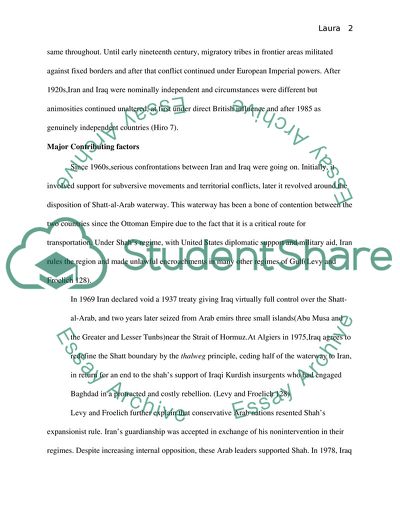Cite this document
(Iran-Iraq Conflict Research Paper Example | Topics and Well Written Essays - 2250 words, n.d.)
Iran-Iraq Conflict Research Paper Example | Topics and Well Written Essays - 2250 words. Retrieved from https://studentshare.org/history/1732690-iraniraq-war-1980-1988
Iran-Iraq Conflict Research Paper Example | Topics and Well Written Essays - 2250 words. Retrieved from https://studentshare.org/history/1732690-iraniraq-war-1980-1988
(Iran-Iraq Conflict Research Paper Example | Topics and Well Written Essays - 2250 Words)
Iran-Iraq Conflict Research Paper Example | Topics and Well Written Essays - 2250 Words. https://studentshare.org/history/1732690-iraniraq-war-1980-1988.
Iran-Iraq Conflict Research Paper Example | Topics and Well Written Essays - 2250 Words. https://studentshare.org/history/1732690-iraniraq-war-1980-1988.
“Iran-Iraq Conflict Research Paper Example | Topics and Well Written Essays - 2250 Words”. https://studentshare.org/history/1732690-iraniraq-war-1980-1988.


